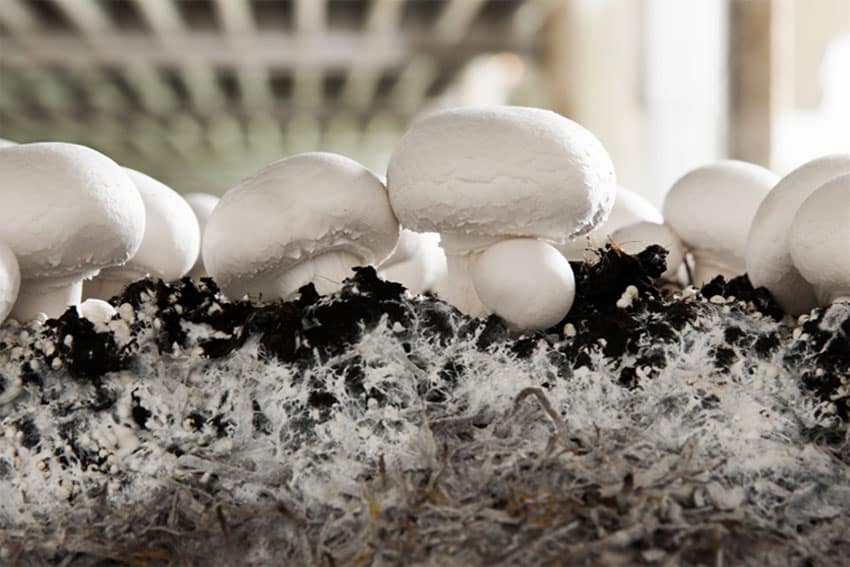WHAT IS A CASING LAYER?
Mushroom casing layer. In basic terms, a casing layer is a layer of moist material what is either organic, inorganic, or a combination of the two. Casing layers are placed on top of a colonized substrate prior to fruiting. The main function of the casing layer is to help retain moister in the substrate. Some casings also contain biological components, microorganisms that are necessary for fruitbody formation in some species.
DOWNFALLS OF A CASING LAYER
Casing layers do involve an extra step or two in the growing process, which means more time and resources to get the job done. Since not all mushrooms species really benefit from a casing layer, using one can sometimes be counterproductive. They can also be susceptible to contamination, especially in fruiting environments with limited amounts of fresh air. Typically, casing layers used for moisture retention should be either pasteurized or treated with hydrated lime in order to ward off contamination.
For certain species, such as Wine Caps (Stropharia rugosoannulata) the casing layer should only be lightly pasteurized- in order to retain the beneficial bacteria that is necessary to initiate fruiting. Eventually, any casing layer will contaminate if it remains moist for long enough – but the grower should be able to get a number of flushes before this happens in most situations.
TYPES OF CASING LAYERS FOR HOME GROWERS
Many different materials can be used for making a casing layer. These ingredients would including garden soil, sphagnum moss, coco coir- but the most commonly used is material for casing is peat moss. Peat moss is cheap and widely available, and is excellent at retaining moisture.
Another excellent casing material is vermiculite. Vermiculite is an inorganic material typically added in soil in order to help potted plants retain moisture. It’s also very resistant to contamination, meaning it can be added directly to the top of the substrate without any consideration for sterilization or pasteurization.
BENEFITS OF A CASING LAYER
When colonized substrates is exposed to the environment, it has the tendency to dry out rapidly if the humidity falls below a certain point. Even small fluctuations in humidity can prevent a fruiting block from achieving a full and even pinset.
A casing layer is able to provide a consistently humid environment at the interface of the substrate. This is the environment where pins form, which can often make up for less ideal environmental conditions. Once the mushrooms start to develop into more defined fruitbodies that protrude through the casing, they are less susceptible to fluctuations in humidity.
A good casing is one that is excellent at holding moisture and slow to contaminate.

